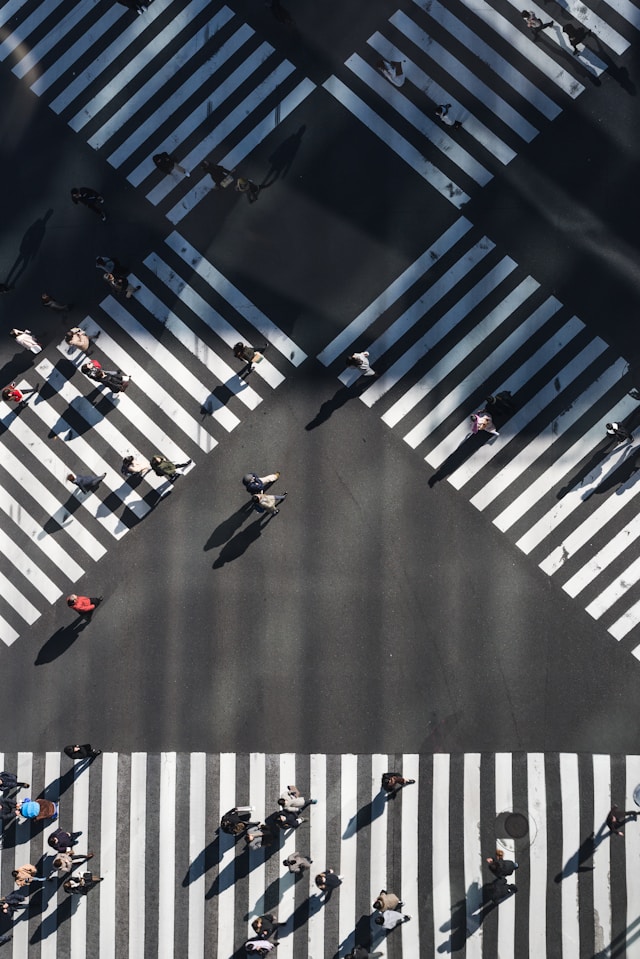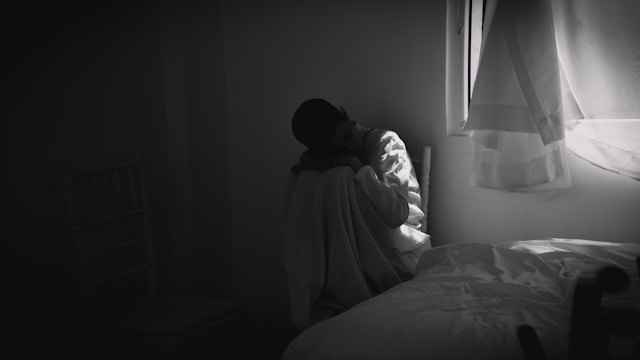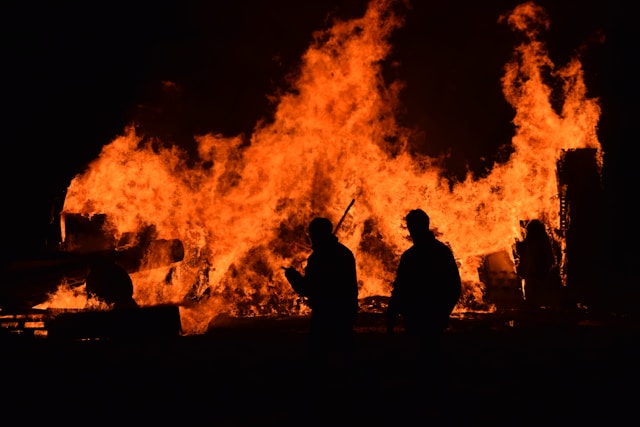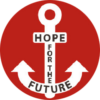In the wide-ranging debate over people-trafficking, stereotypes are often ubiquitous. From inconspicuous back rooms through to lurid headlines, the issue is dominated by simplistic portrayals which hide the complexity and diversity of the people affected. Behind these superficial clichés, however, lies a reality which goes far beyond that often shown in the media. In an effort to take a glance behind such clichés, it is crucial that we understand the true diversity of the victims of people-trafficking – their different stories, backgrounds and experiences. These victims are not simply abstract statistics or stereotypical figures, they are individual human beings with their own life-paths and destinies. In this post, we will be diving into the various facets of people-trafficking, and finding that the victims in no way correspond to a single form or identity. They may be anything from men and women to children, represent a variety of different socio-economic backgrounds, and come from every imaginable geographical region – the diversity of the victims is a decisive, but often overseen, element in the fight against people-trafficking.
A PANDEMIC OF SUFFERING
The official figures are disturbing: in the EU alone, over 7,000 victims of people-trafficking are registered every year. In 2022, the figure was even higher, at 10,093. But these figures actually conceal a sad reality – the estimated numbers are still high, and many victims remain undiscovered. Because people-trafficking is a particularly bleak, and apparently never-ending, chapter in the history of humanity, which operates in the shadows, out of the public eye, and yet affects every continent, every country, and countless lives. Transferred from less-developed to wealthier regions of the world, it is a crime organised on an industrial scale, which treats its victims as no more than a human product to be bought and sold, trading them across national borders and beyond. The routes are wide and diverse, although the final stop is frequently in industrialised countries, often including Germany and Austria. Here, in apparently affluent countries, the victims find their way into forced prostitution, onto building sites or into the low-wage sector of the hotel and gastronomy industry.

PEOPLE-TRAFFICKING AFFECTS US ALL
The diversity of the victims of people-trafficking is a central aspect, and often overlooked when we talk about the issue. It is not just women and girls who end up in the clutches of people-traffickers, but also men and boys, who become victims of sexual exploitation, forced labour or forced criminal activities.

According to a Report by the Office of the United Nations on Drugs and Crime (UNODC) published in 2022, while women and girls may constitute the largest share of victims, men and boys represent a growing number of those affected, particularly in the area of forced labour. It also highlights the fact that, while men and boys make up around one-third of victims globally, the estimated figures are probably far higher, due to underreporting. This trend often contradicts the stereotype that people-trafficking can be equated with female victims.
The victims of people-trafficking can include people of any age, sexual orientation and gender identity – and indeed, they do so. LGBTQ+- people in particular are exposed to a higher risk of becoming victims of people-trafficking, as they are often shunned by their families, and exposed to social isolation and economic instability as a result.
STRENGTHENED BY CRISES
The geographical differences between victims also highlight just how wide-ranging the problem really is. While many victims do come from the developing world, people from better-off countries are not immune to the false promises and deceptions of the people-traffickers. A report by the European Commission dating back to 2023 showed that EU citizens of both sexes make up around one-fifth of the victims of people-trafficking in the European Union.
The socio-economic backgrounds of the victims also vary widely. Although people from economically disadvantaged regions are often at greater risk of falling victim to people-trafficking, people from wealthier countries are often also in danger. In fact, people-trafficking is not just a problem of poverty; rather, it is connected with other factors such as social exclusion, discrimination and political instability.

And in the wake of the ongoing digital revolution, people-trafficking has evolved further still, moved onto the internet, opening up new opportunities for criminal organisations. The recent Russian invasion of Ukraine has also added a new dimension to the crisis, as women and children have been driven out of their homeland, and made even more vulnerable to the machinations of people-traffickers.
All these different factors show one thing: the individual circumstances of every victim are unique, and need to be considered in a differentiated way, in order to guarantee reasonable support and protective measures. This is where we at HOPE FOR THE FUTURE come in – with a range of different offers and projects designed to accompany those affected as they make their way towards a future that they themselves have defined.
Translated by Tim Lywood
#Menschenhandel #Ausbeutung #Zwangsarbeit #BekämpfungdesMenschenhandels #Menschenhandelsopfer #AgainstHumanTrafficking #GegenMenschenhandel #EndExploitation #EndTrafficking #HopeForTheFuture #Österreich
